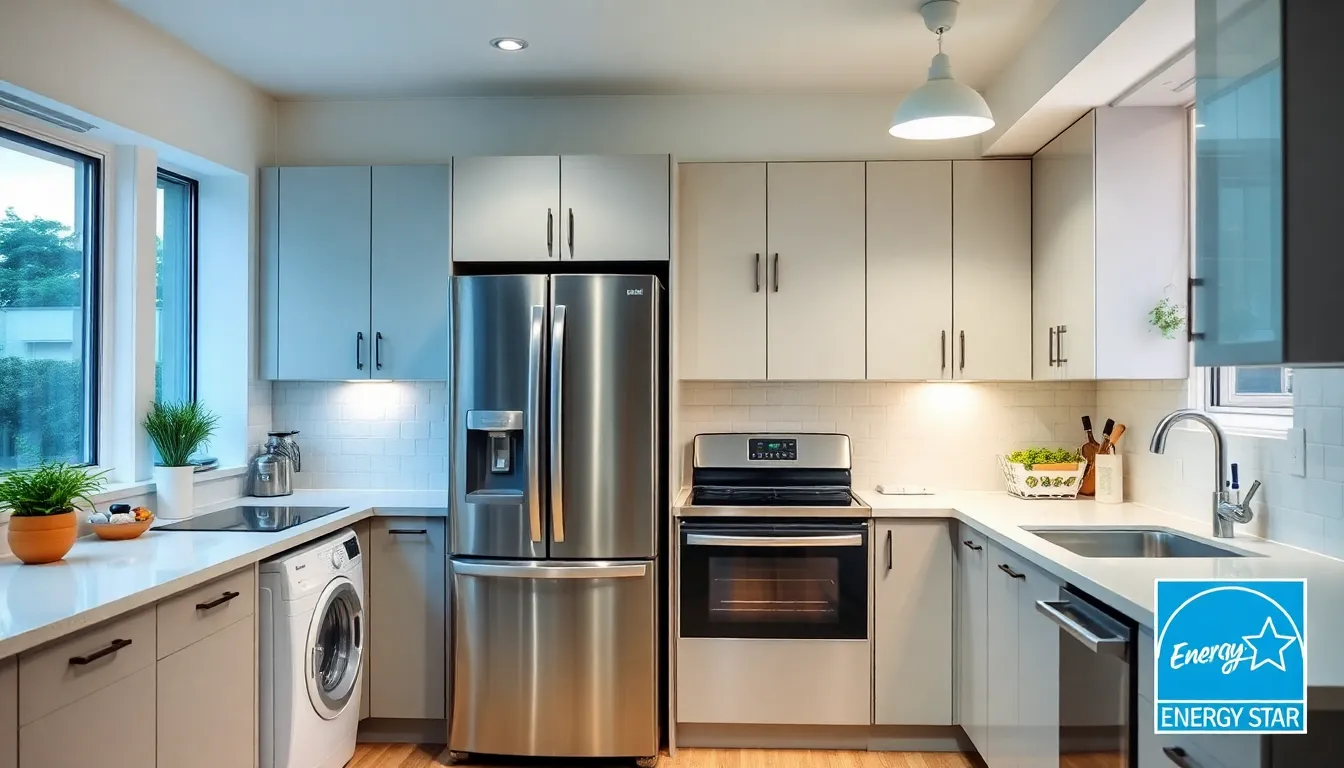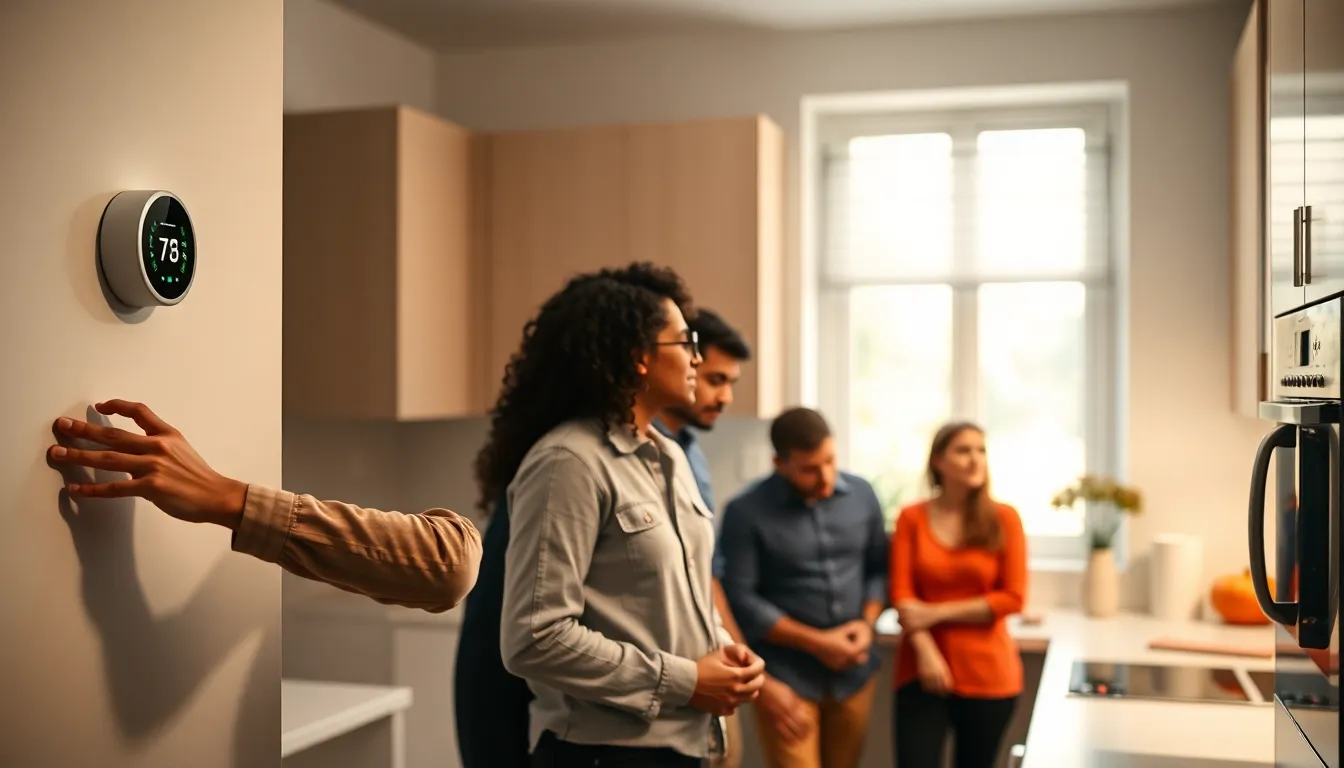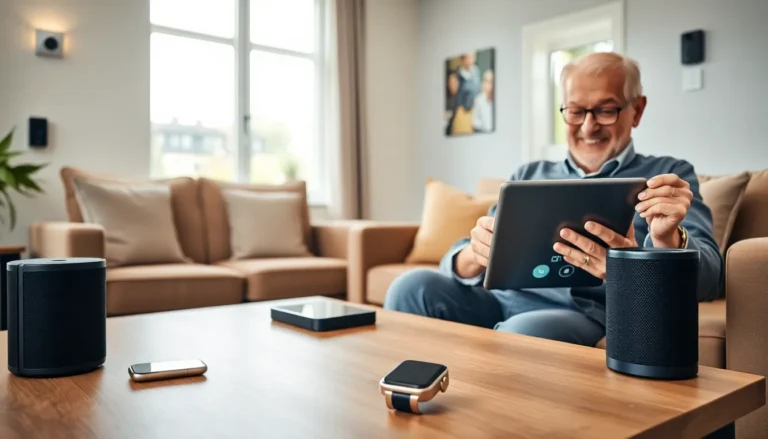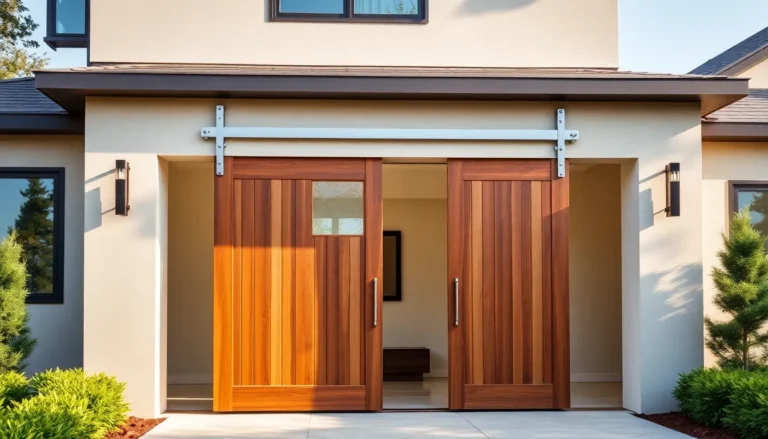In a world increasingly focused on sustainability, energy-saving devices have become essential for both households and businesses. These innovative tools not only reduce energy consumption but also help lower utility bills, making them an attractive option for anyone looking to save money while being environmentally conscious.
From smart thermostats that optimize heating and cooling to energy-efficient appliances that use less power, the options are vast and varied. As technology advances, more energy-saving solutions emerge, empowering individuals to make smarter choices about their energy use. Understanding these devices can lead to significant savings and a smaller carbon footprint, contributing to a greener future for everyone.
Table of Contents
ToggleOverview Of Energy-Saving Devices
Energy-saving devices play a critical role in reducing energy consumption and enhancing efficiency in various settings. Various types of devices cater to different needs and applications, allowing for significant savings on utility bills.
Types of Energy-Saving Devices
- Smart Thermostats
Smart thermostats adjust heating and cooling based on user habits. These devices can lead to energy savings of 10-15% on heating and cooling costs.
- Energy-Efficient Appliances
Energy-efficient appliances, such as refrigerators and washing machines, use advanced technology to minimize energy use. These appliances often consume 10-50% less energy compared to standard models.
- LED Lighting
LED lights consume up to 80% less energy than traditional incandescent bulbs. They also last 25 times longer, reducing both energy costs and replacement frequency.
- Power Strips with Timers
Smart power strips can disconnect devices when not in use. This feature prevents phantom energy drain and can save up to 10% on electricity bills.
- Solar Programmable Devices
Solar-powered devices harness renewable energy to operate. These devices reduce reliance on the grid and can lead to substantial long-term savings on energy costs.
Benefits of Energy-Saving Devices
Energy-saving devices contribute to sustainability through reduced energy consumption. Lower utility bills provide immediate financial relief, enhancing their appeal. Many customers experience payback periods of 1-5 years, after which savings accumulate.
Incorporating energy-saving devices creates a positive impact on environmental sustainability while providing tangible economic benefits. Understanding their functionality supports informed decisions, encouraging wider adoption.
Types Of Energy-Saving Devices

Energy-saving devices come in various forms, each designed to enhance efficiency and reduce energy consumption. The following sections detail specific types of these devices.
Smart Thermostats
Smart thermostats adjust heating and cooling based on user behavior and preferences. They can save 10-15% on energy costs by optimizing temperature settings and learning routines. Many models feature mobile apps that allow remote temperature control and energy usage tracking. Some devices even integrate with home automation systems to improve overall energy management.
Energy-Efficient Appliances
Energy-efficient appliances operate using 10-50% less energy compared to traditional models. These appliances, such as refrigerators, washing machines, and dishwashers, are labeled with the ENERGY STAR certification, ensuring they meet strict efficiency standards. Upgrading to energy-efficient options not only lowers utility bills but also decreases greenhouse gas emissions, contributing to a more sustainable environment.
LED Lighting
LED lighting represents a significant advancement in energy efficiency, consuming up to 80% less energy than incandescent bulbs. LEDs last substantially longer, with lifespans of up to 25,000 hours, reducing the frequency of replacements. Utilizing LED lighting in homes and businesses can lead to considerable savings on electricity bills while also minimizing waste and enhancing overall lighting quality.
Benefits Of Energy-Saving Devices
Energy-saving devices offer numerous advantages, significantly impacting both personal finances and the environment. Understanding their benefits helps individuals and businesses make informed choices.
Cost Savings
Cost savings represent one of the most immediate benefits of energy-saving devices. Energy-efficient appliances, for example, consume 10-50% less energy compared to their standard counterparts, leading to lower utility bills. Smart thermostats can reduce heating and cooling costs by 10-15%, creating further savings. LED lighting, requiring 80% less energy, reduces electricity expenses while lasting up to 25 times longer than traditional bulbs. Investing in these technologies typically results in payback periods of 1-5 years, allowing users to recover their initial costs swiftly.
Environmental Impact
Environmental impact plays a crucial role in promoting energy-saving devices. These devices contribute to reduced greenhouse gas emissions by lowering energy consumption, which decreases reliance on fossil fuels. ENERGY STAR-certified appliances enhance energy efficiency, resulting in fewer emissions. Implementing energy-saving measures collectively aids in decreasing the carbon footprint, which is vital in combating climate change. The shift towards renewable energy sources, such as solar-powered devices, exemplifies a commitment to sustainable practices that further amplify positive environmental outcomes.
How To Choose The Right Energy-Saving Devices
Selecting the appropriate energy-saving devices involves understanding personal needs and assessing energy ratings. Consider these factors to make informed choices.
Assessing Your Needs
Assessing individual energy requirements ensures the selection of devices that provide optimal efficiency. Identify specific areas within a home or business where energy consumption is high, such as heating, cooling, or lighting. Evaluate the current energy bills to pinpoint major contributors to expenses.
- Evaluate heating and cooling needs for smart thermostats that adjust settings according to occupancy.
- Examine kitchen appliances and select ENERGY STAR-rated models that reduce energy use by 10-50%.
- Inspect lighting options and choose LED bulbs for significant long-term savings and extended life spans.
Understanding needs helps prioritize which energy-saving devices to invest in, aligning them with personal or organizational goals.
Understanding Energy Ratings
Understanding energy ratings simplifies the selection of energy-efficient products. Look for certifications such as ENERGY STAR, which indicates that a product meets energy efficiency guidelines set by the U.S. Environmental Protection Agency.
- Review energy consumption labels on appliances that outline annual energy use in kilowatt-hours.
- Check the Lighting Facts label for LED products, which details brightness, energy use, and lifespan.
- Consider the Environmental Protection Agency’s (EPA) Database for Energy-Efficient Products to compare various devices.
Recognizing energy ratings equips individuals with the knowledge needed to select devices that contribute to lower utility costs while remaining environmentally friendly.
Embracing energy-saving devices is a crucial step toward a more sustainable lifestyle. By investing in these technologies, individuals can significantly reduce their energy consumption while enjoying lower utility bills. The variety of options available ensures that there’s a suitable solution for every need, whether it’s smart thermostats, energy-efficient appliances, or LED lighting.
As awareness of environmental issues grows, the adoption of these devices becomes increasingly important. Not only do they provide immediate financial benefits, but they also play a vital role in reducing greenhouse gas emissions. Choosing the right energy-saving devices empowers individuals to make informed decisions that contribute to a greener future.





